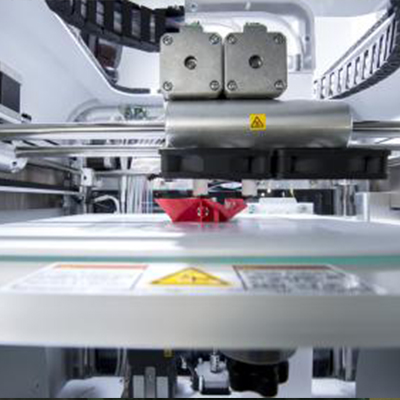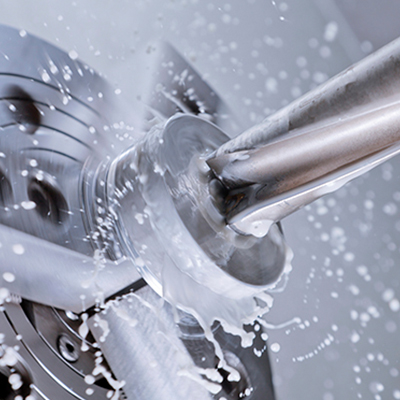How to Shorten the Injection Molding Time?
The time required for different types of plastics like POM and nylon to finish an entire injection molding cycle is known as the Molding Time. It is basically the integration of the injection period and the cooling period of the process. This cycle is directly related to the productivity of the process.
The shorter the injection molding time, the better it is for the smooth pushing forward of the project. To reduce the injection molding time, someone decreases the temperature of the mold and the heating barrel. If you do this, the cooling time will naturally fall. But the actual influence of the low temperature is far more than that – it may bring unwanted results, such as degraded quality of the molding parts.
Shortening the injection molding time can be a bit tricky, but if you do it correctly, you’ll surely be satisfied with the results!

The Process of Injection Molding
To begin with, let’s look through the whole process of injection molding to see which step can be optimized to decrease the time. There are multiple processes by which precision injection molding can be performed. A few of them are listed below:
1. Mold clamping
Mold clamping is a technique where two parts of a mold are held together with the help of a clamping unit. The next step is to inject the melted plastic into the mold.
While this is going on, the clamping unit squeezes the two halves together. This clamping process can take from a few seconds to a few minutes.
2. Plastic injecting
The molding machine intakes plastic pellets and uses the heat that surrounds the barrel to melt them. This melted plastic then goes into the mold. The injection is assumed to be stopped when around 95% of the mold is full.
3. Pressure holding
After the mold is filled with melted plastic, the clamping unit applies uniform pressure to the two halves throughout the entire time. This ensures the perfect shape of the desired object.
The pressure can be required to be applied for a couple of minutes to even a few hours, depending on the object’s size.
4. Cooling
Later, the mold has to be kept steady to allow the elements to cool down. This also doesn’t take long unless you’re molding something large.
5. Release
When the mold has cooled down, you can instantly open it. This doesn’t require much time. But it needs a certain amount of force to release the molding part as the plastic part is compressed and gets stuck to the body of the mold.

How to Shorten Injection Molding Time?
The injection molding time can be reduced if some steps are taken. Those steps are discussed below:
1. Fasten the clamping
The mold clamping has to be done precisely. This will affect the entire molding time because if the clamp isn’t holding the mold perfectly, it will cause the comparatively low-temperature air to disrupt the process, increasing the molding time. The procedure of accelerating-uniform speed-decelerating operation when clamping is the most important movement to create a perfect molding part.
2. Decrease back pressure
Backpressure is a term in the injection molding process that usually means the build-up of pressure in the back of the screw that forces it to a particular point. At this point, if the mold is opened, the material will drip out of the mold, causing waste and degrading the quality of the molding part. The backpressure has to be reduced dripping and shorten the plasticization time.
3. Shorten pressure holding time
Reducing the pressure holding time can be an essential step that can help reduce the injection molding time. The thing you can do is terminate the process the moment the cold runner becomes solid. This will shorten a considerable amount of time spent in this process.
4. Adapt different ejection methods
Different ejection methods can be helpful for you if you’re looking to reduce injection molding time. The Pneumatic ejection method is a lot faster than the Hydraulic one. However, the Electric ejection method is the best of them all as it’s the fastest.
5. Lower the temperature of mold and heating barrel
Another thing you can do is decrease the cooling time of the process. This will surprisingly reduce the large amount of time that was being wasted.

Why Should You Choose Abery’s Precise Injection Mold?
Our precise injection molds are made with the latest and greatest innovations in the industry. The excellent designing techniques adapted in Abery’s Precise Injection Mold manufacturing process can help your production time to decrease drastically and with minimal errors.
Moreover, we also offer you the opportunity to customize your creation. High-precision plastic injection molding helps designers be more specific with their designs. The results are almost perfect and consistent practically all of the time.
Our precision injection molding technique allows improved and detailed designs to come alive. Even very sophisticated designs can be transformed into physical objects.
Conclusion
The short injection molding time is the reason why Abery can deliver the products in such a short period. The precision injection molding technique of Abery not only provides the mentioned advantages but offers so many other benefits, including in-time project reports, precise molds, and satisfying customer service.
Our strive-for-perfection attitude and expertise on plastic injection have attracted a lot of famous brands which keep long-time cooperation with us, including Honda, Lascar electronic, and Lennox.
Abery is undoubtedly worthy of coming into your consideration which can help reduce your injection molding time and cost. We show great sincerity to invite you to be our next partner, so contact us now to design your molds today!


















